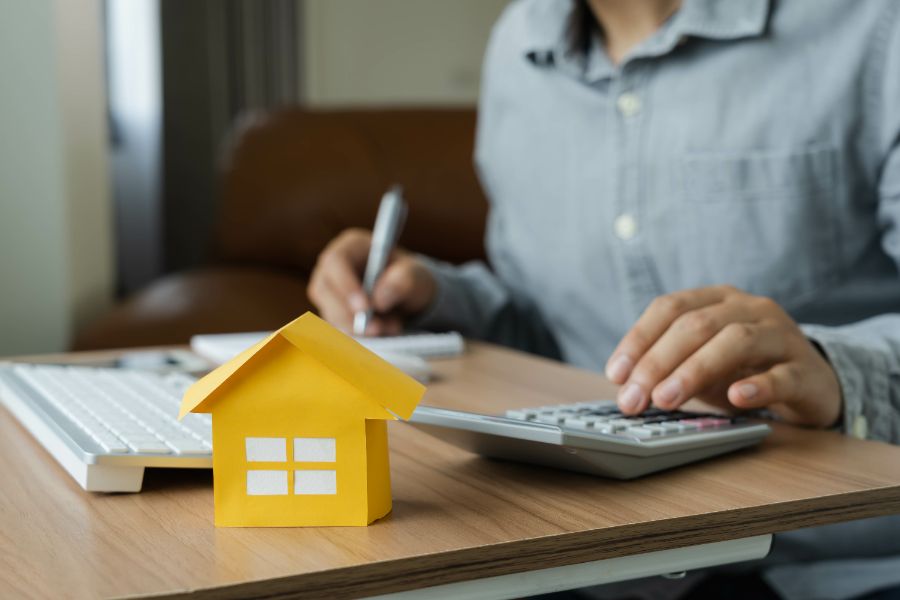By Candice Milano and Malessa Rambarran, Licensed Real Estate Salespeople
Are you considering buying a home or refinancing your mortgage? If so, you may have come across the term "rate buy down." But what exactly does it mean, and how can it benefit you? In this comprehensive guide, we'll delve into the world of rate buy downs to help you understand what they are and how they work.
What is a Rate Buy Down?
A rate buy down, also known as "buying down the rate" or "paying points," is a strategy used in mortgage financing to lower the interest rate on a loan by paying an upfront fee. Essentially, borrowers can prepay a portion of the interest due over the life of the loan in exchange for a reduced interest rate. This upfront payment can result in lower monthly mortgage payments, providing potential savings over the life of the loan.
How Does a Rate Buy Down Work?
Let's break it down into simple terms. When you take out a mortgage, the lender determines your interest rate based on various factors such as your credit score, loan amount, and the current market conditions. However, you have the option to pay additional upfront fees, known as "points," to reduce your interest rate.
For example, if your lender offers you a 30-year fixed-rate mortgage with an interest rate of 4%, you might have the option to pay points upfront to lower the rate. Each point typically costs 1% of the loan amount and can lower your interest rate by a fraction of a percentage point, such as 0.25%.
Types of Rate Buy Downs:
- Temporary Rate Buy Down: With this option, borrowers pay points upfront to lower their interest rate for a specified period, usually the first few years of the loan. After the temporary period expires, the interest rate typically reverts to the original rate.
- Permanent Rate Buy Down: This option involves paying points upfront to permanently reduce the interest rate for the entire duration of the loan. Borrowers benefit from lower monthly payments for the entire term of the mortgage.
Benefits of Rate Buy Downs:
- Lower Monthly Payments: By lowering the interest rate, rate buy downs can result in more affordable monthly mortgage payments, freeing up cash flow for other expenses.
- Long-Term Savings: Permanent rate buy downs can lead to significant savings over the life of the loan, outweighing the upfront cost of the points.
- Protection Against Rate Increases: Locking in a lower interest rate provides protection against future rate hikes, ensuring predictable payments over time.
Disadvantages of Rate Buy Downs:
- Upfront Cost: The initial expense of purchasing points can be a significant barrier for many borrowers, especially those with limited funds.
- Market Uncertainty: There's a risk that interest rates may decline further after purchasing points, potentially diminishing the savings from the rate buy down.
- Not Ideal for Short-Term Ownership: Rate buy downs may not be suitable if you plan to sell or refinance the property in the near future, as you may not recoup the upfront cost within a short timeframe.
Rate buy downs can be a valuable tool for borrowers looking to lower their mortgage payments and save money over the life of their loan. If you're considering a rate buy down, be sure to consult with a knowledgeable mortgage professional who can help you explore your options and determine the best strategy for your unique situation. With the right approach, you can secure a mortgage that meets your needs and sets you on the path to financial success.
For more insights into real estate investing and the 2024 outlook of the market, check out Episode 110 of The Build Up Podcast below for Candice and Malessa’s informative episode with Brown Harris Steven’s Chief Economist, Gregory Heym.



